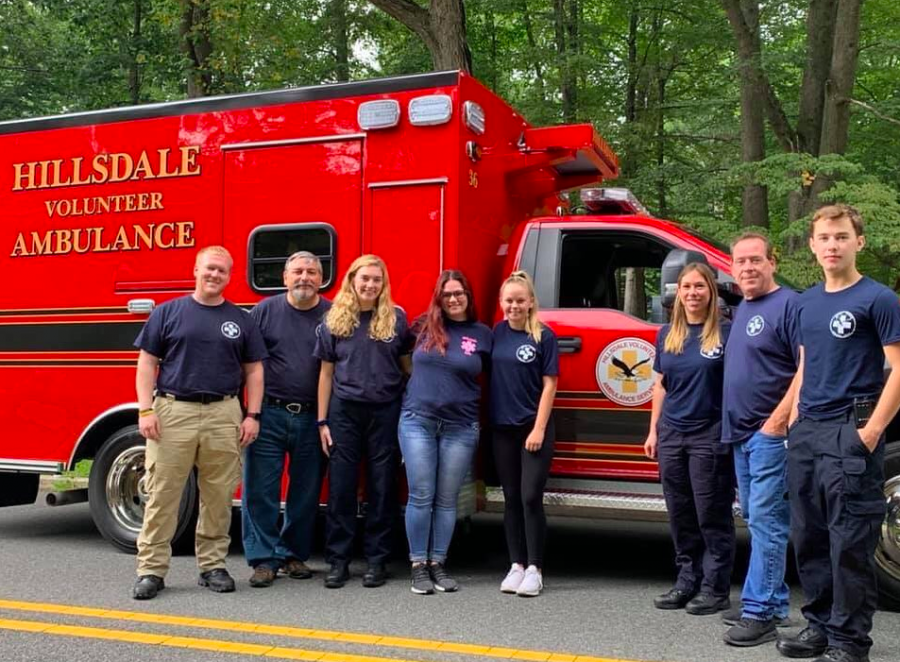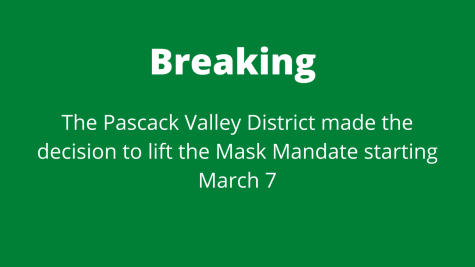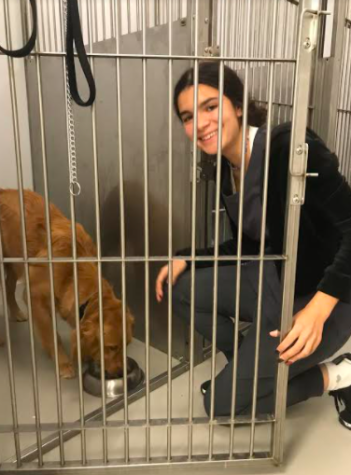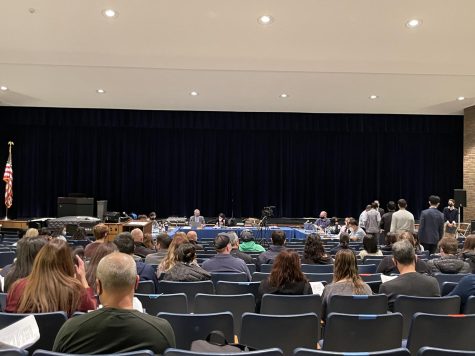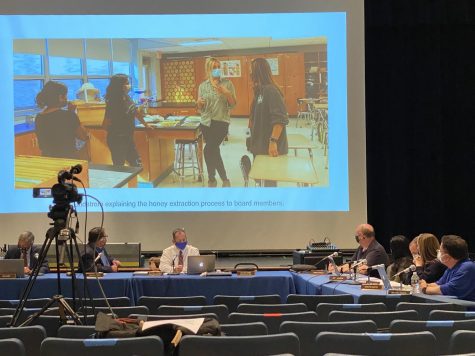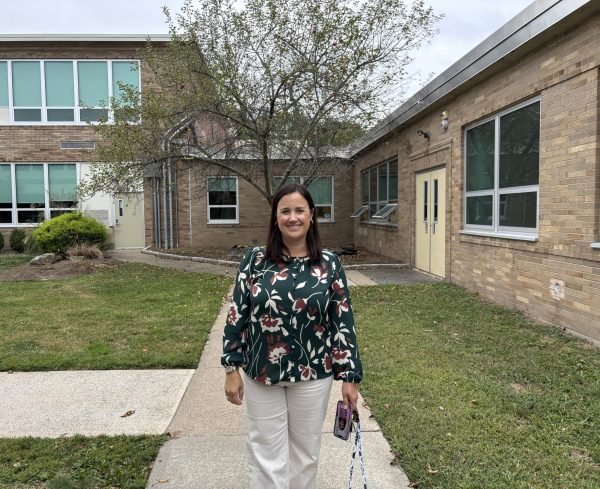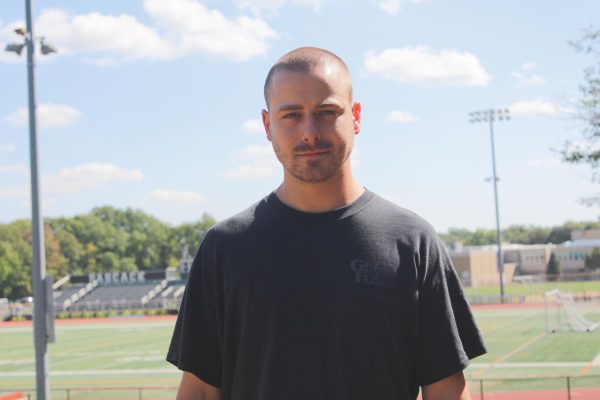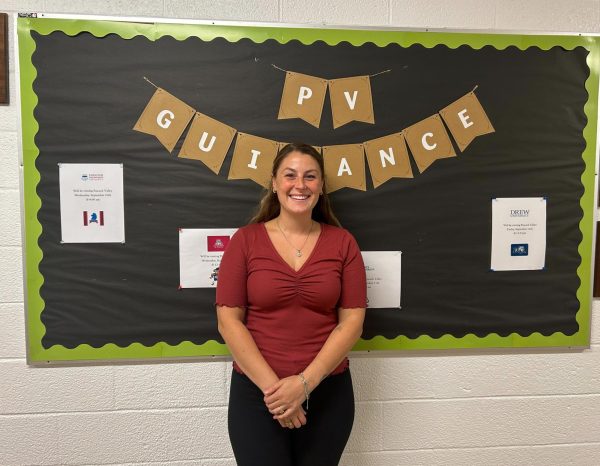EMT volunteers continue working during pandemic
While many EMT volunteers are choosing to stay home, senior Sarah Viceconte continues to volunteer during the coronavirus pandemic. She volunteers for a 12-hour shift once a week and a 24-hour shift once a month for the Hillsdale Volunteer Ambulance Service.
While many EMT volunteers are choosing to stay home, senior Sarah Viceconte continues to volunteer during the coronavirus pandemic.
Viceconte volunteers for a 12-hour shift once a week and a 24-hour shift once a month as an EMT for the Hillsdale Volunteer Ambulance Service.
“We have a large majority of our members who are still active and riding, but we do have about nine members that are on leaves of absence to limit their risk to COVID-19,” Hillsdale Captain John Beatty said.
Beatty said there are a few agencies around the country including New Jersey who have limited coronavirus calls to restrict their exposure.
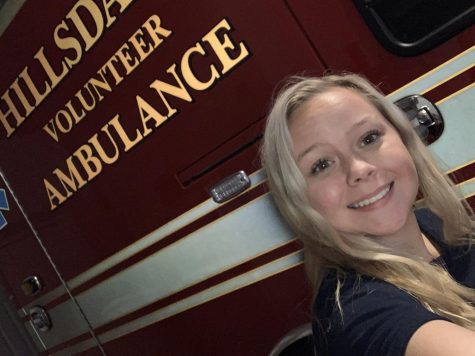
Senior Sarah Viceconte volunteers as an EMT for the Hillsdale Volunteer Ambulance Service. Viceconte enrolled in the spring course during her junior year.
“Since the end of January, we have responded to around 50 possible [coronavirus-related calls],” Beatty said. “Our dispatchers and police officers offer an option to answer a screening question that asks if the patient is able to walk and meet us outside the home.”
The Hillsdale Volunteer Ambulance Service purchased a new ambulance with the intention to replace the old one, which was officially put in service on Oct. 2, 2019. However, they have now put the old ambulance back into service for coronavirus relief.
“Any call that comes in that meets the clinical criteria for being a possible COVID-19 or respiratory patient, we bring the old ambulance because it is covered in plastic sheeting inside,” Beatty said.
Beatty said the plastic sheeting makes decontamination of the ambulance quicker and easier, allowing the volunteers to take back-to-back calls.
Due to the pandemic, Viceconte said the volunteers are getting fewer calls since people are avoiding hospital visits, but there have been increased respiratory illness conditions and coronavirus-related calls.
“People between the age of 16 and 18 would fall under the category of a cadet,” Beatty said. “Our cadets are required to ride three hours a week and one 24-hour weekend shift a month.”
Beatty said that in order to become a volunteer EMT, an individual must be 16 or older and be interviewed before enrolling in the training classes. Viceconte enrolled in the spring course of her junior year and had to complete online work for the days they did not have class.
“It doesn’t take away from my high school experience,” Viceconte said. “If anything, it adds to it because the people we meet are so appreciative of our help.”
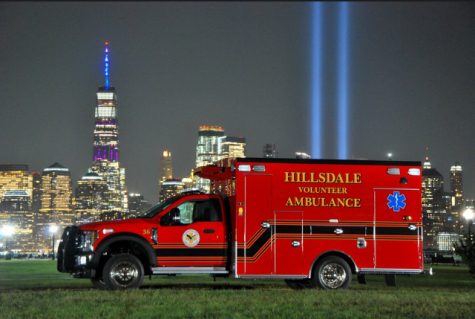
The Hillsdale Volunteer Ambulance Service purchased a new ambulance with the intention to replace the old ambulance. The new ambulance was put in service on Oct. 2, 2019, and is now used for relief.
Training is offered in the fall and spring for four and a half months and are held two nights a week and five to six weekend days. In the summer, courses are six weeks long. At the end of each week, they are given two exams: a written exam, consisting of multiple choice questions, and a practical, real-life situation.
“All of our members in Hillsdale are pretty young,” Beatty said. “We do have a significant majority of members that are probably under the age of 26.”
Junior Annie Madden enrolled sophomore year in the fall course.
“I wanted to get a headstart because I want to be a nurse when I’m older so I can have the experience,” Madden said. “I wanted to be able to help the community in a small way.”
Madden remembers getting a call and arriving at the scene of a flipped car where the victim was extracted by a firefighter.
“Being an EMT makes you listen to adults when they say don’t drink and drive and don’t do drugs,” Madden said. “When I saw the actual effects of that, it made me more aware. No one ever thinks an emergency could happen in your life. So seeing that every week, it makes you more aware of life.”
Madden said being an EMT is a “humbling” experience since it’s impossible to always know what could happen and what people are going through.
“The best benefit of being an EMT is knowing that you have the ability to make a difference in a community and make the difference in someone’s life on what could possibly be their worst day,” Beatty said.


